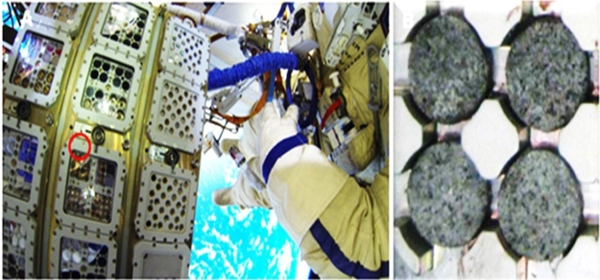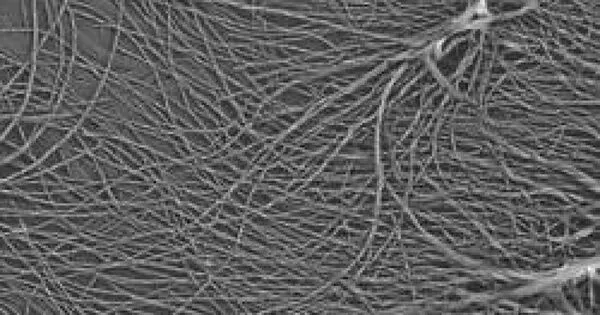Astrobiology is interested in the possibility of life on Mars because of its proximity to and similarities to Earth. No evidence of past or present life has been discovered on Mars as of yet. The body of evidence points to the possibility that liquid water was present on Mars’ surface during the ancient Noachian period, making it potentially habitable for microorganisms. However, the presence of liquid water does not always imply the presence of life.
Scientific searches for signs of life began in the nineteenth century and are still ongoing today through telescopic investigations and deployed probes. While early work was phenomenological and bordered on fantasy, modern scientific inquiry has focused on the search for water, chemical biosignatures in soil and rocks at the planet’s surface, and biomarker gases in the atmosphere.
An international research team led by the University of Göttingen investigated the chances of kombucha cultures surviving in Mars-like conditions. Kombucha is a drink, also known as tea fungus or mushroom tea, that is made by fermenting sugared tea with kombucha cultures, which are a symbiotic culture of bacteria and yeast. Although the simulated Martian environment destroyed the microbial ecology of the kombucha cultures, surprisingly, a cellulose-producing bacterial species survived. The results were published in Frontiers in Microbiology.
Based on our metagenomic analysis, we discovered that the simulated Martian environment severely disrupted the microbial ecology of kombucha cultures. However, we were surprised to find that the cellulose-producing bacteria of the genus Komagataeibacter survived.
Professor Bertram Brenig
The scientists of the “Biology and Mars Experiment” (BIOMEX) project had already sent kombucha cultures to the International Space Station (ISS) in 2014 with the support of the European Space Agency. The aim was to learn more about the robustness of cellulose as a biomarker, the genomic architecture of kombucha, and its survival behaviour under extraterrestrial conditions. After one and a half years under simulated Martian conditions outside the ISS, the samples were reactivated on Earth and cultivated for another two and a half years.
Professor Bertram Brenig of the University of Göttingen’s Institute of Veterinary Medicine was in charge of the sequencing and bioinformatic analysis of the metagenomes of the reactivated cultures and individual kombucha cultures in collaboration with researchers from the University of Minas Gerais in Brazil. “Based on our metagenomic analysis, we discovered that the simulated Martian environment severely disrupted the microbial ecology of kombucha cultures. However, we were surprised to find that the cellulose-producing bacteria of the genus Komagataeibacter survived.”

The findings indicate that the bacteria’s cellulose is most likely responsible for their survival in extraterrestrial environments. This is also the first evidence that bacterial cellulose may be a biomarker for extraterrestrial life, and that cellulose-based membranes or films may be a good biomaterial for protecting life and producing consumer goods in extraterrestrial settlements.
Another intriguing aspect of these experiments could be the development of novel drug delivery systems, for example, for the development of medicine suitable for use in space. Another focus was on antibiotic resistance studies: the research team was able to show that the total number of antibiotic and metal resistance genes were enriched in the exposed cultures, implying that these microorganisms could survive despite antibiotics or metals in the environment. “This result indicates that the challenges associated with antibiotic resistance in space medicine should be given special attention in the future,” the scientists said.
Organic compounds discovered inside sedimentary rocks and boron discovered on Mars are of interest because they are precursors for prebiotic chemistry. These findings, along with previous evidence that liquid water existed on ancient Mars, lend credence to Gale Crater’s possible early habitability. Mars’ surface is currently being bombarded with ionizing radiation, and the Martian soil is rich in perchlorates, which are toxic to microorganisms. As a result, the general consensus is that if life exists—or ever existed—on Mars, it can be found or is best preserved in the subsurface, away from the harsh surface processes.





